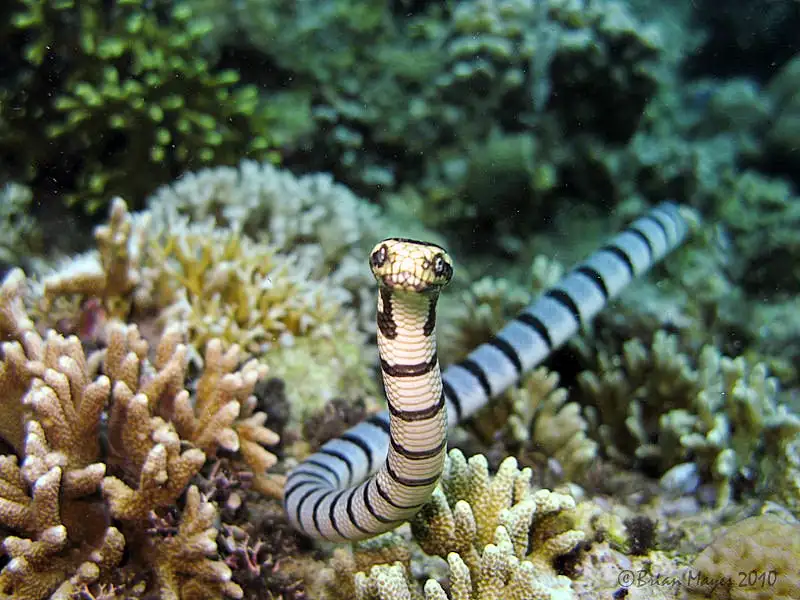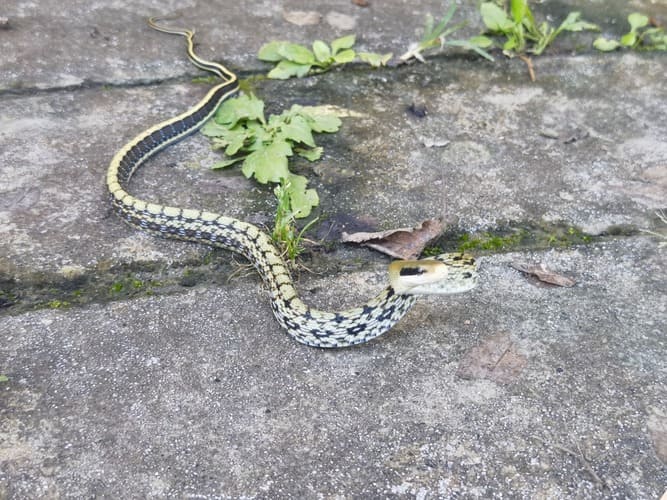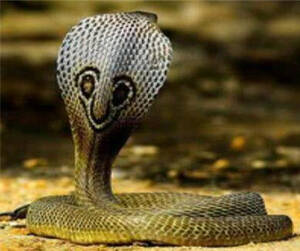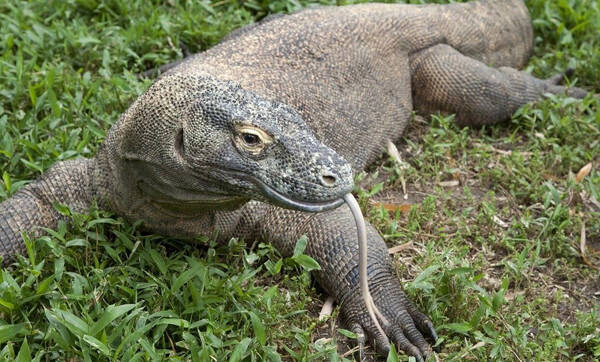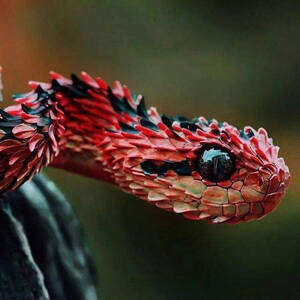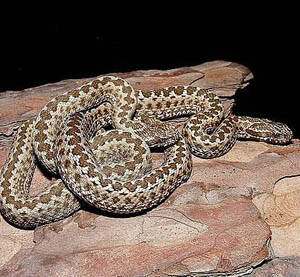Phrynocephalus guinanensis
IUCN
LCBasic Information
Scientific classification
- name:Phrynocephalus guinanensis
- Scientific Name:Phrynocephalus guinanensis,Guinan Toad-headed Lizard
- Outline:Squamata
- Family:Iguanidae S.Lizard
Vital signs
- length:6-8cm
- Weight:5-10g
- lifetime:No verification information
Feature
Often lie down at the entrance of the cave to bask in the sun at noon
Distribution and Habitat
The Guinan sand lizard mainly lives in the northwestern plateau of China, between 2000 and 4700 meters above sea level, and in dry gravel areas with sparse poles.
Appearance
The Guinan sand lizard has a head-body length of about 60 mm, and a tail length slightly shorter than or equal to the body length, and a few are slightly longer than the head-body length. The head and body are flat, and the head length is slightly greater than the head width; the snout is round; the snout is slightly prominent, and the nostrils are located below it and slightly toward the sides, and cannot be seen from the back; the distance between the noses is wide, equal to or slightly less than the distance between the nostrils and the front corner of the eyes; the outer side of the upper orbit has an angular edge; the eyes are moderate, and the pupils are round; the eardrum is not obvious. The trunk is thick and flat, and the abdomen is swollen. The limbs are thick and short, and the fingers and toes are also short; the hind limbs extend forward to the shoulders or viscera close to the body. The base of the tail is thick and flat, and the rest of the tail is cylindrical, gradually
Details
Guinan Toad-headed Lizard is an ovoviviparous lizard.
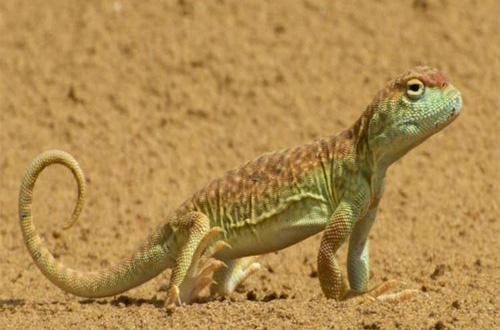
Guinan Toad-headed Lizard lives in caves, usually on the slopes of hardened gravel, sand dunes and earth ridges, and some are under gravel. The cross-section of the cave entrance and tunnel is half-moon-shaped, and the size varies with the size of the individual sand lizard, with a width of 1-5 cm and a height of 0.8-1.8 cm; the cave entrance is mostly facing south or southeast, and a few have no fixed direction. The tunnels are mostly unbranched and rarely bend, slanting underground, and the length and depth are proportional to the size of the sand lizard individual, 20-110 cm long, and the vertical distance from the deepest cave bottom to the ground is 80 cm.
Specimens obtained at an altitude of more than 3,000 meters were dissected to confirm that Guinan sand lizards are ovoviviparous. From late May to June, there are eggs of different development and degree in the oviducts of different female lizards, and the number of eggs or embryos is generally 2-4, and a few are 1; in late July, there are eggs of different development and degree in the oviducts of a few female lizards, and the number of eggs or embryos is generally 2-4 (the number of MIT is 1); in late July, a few female lizards begin to give birth to young lizards, and a large number of young lizards of the year can be seen after mid-August, and individual female lizards waiting to give birth can still be found in early September.
Listed in the "List of Terrestrial Wildlife with Important Economic and Scientific Research Value under State Protection" issued by the State Forestry Administration of China on August 1, 2000.
Listed in the second level of the "List of National Key Protected Wildlife in China".
Protect wild animals and stop eating game.
Maintaining ecological balance is everyone's responsibility!

